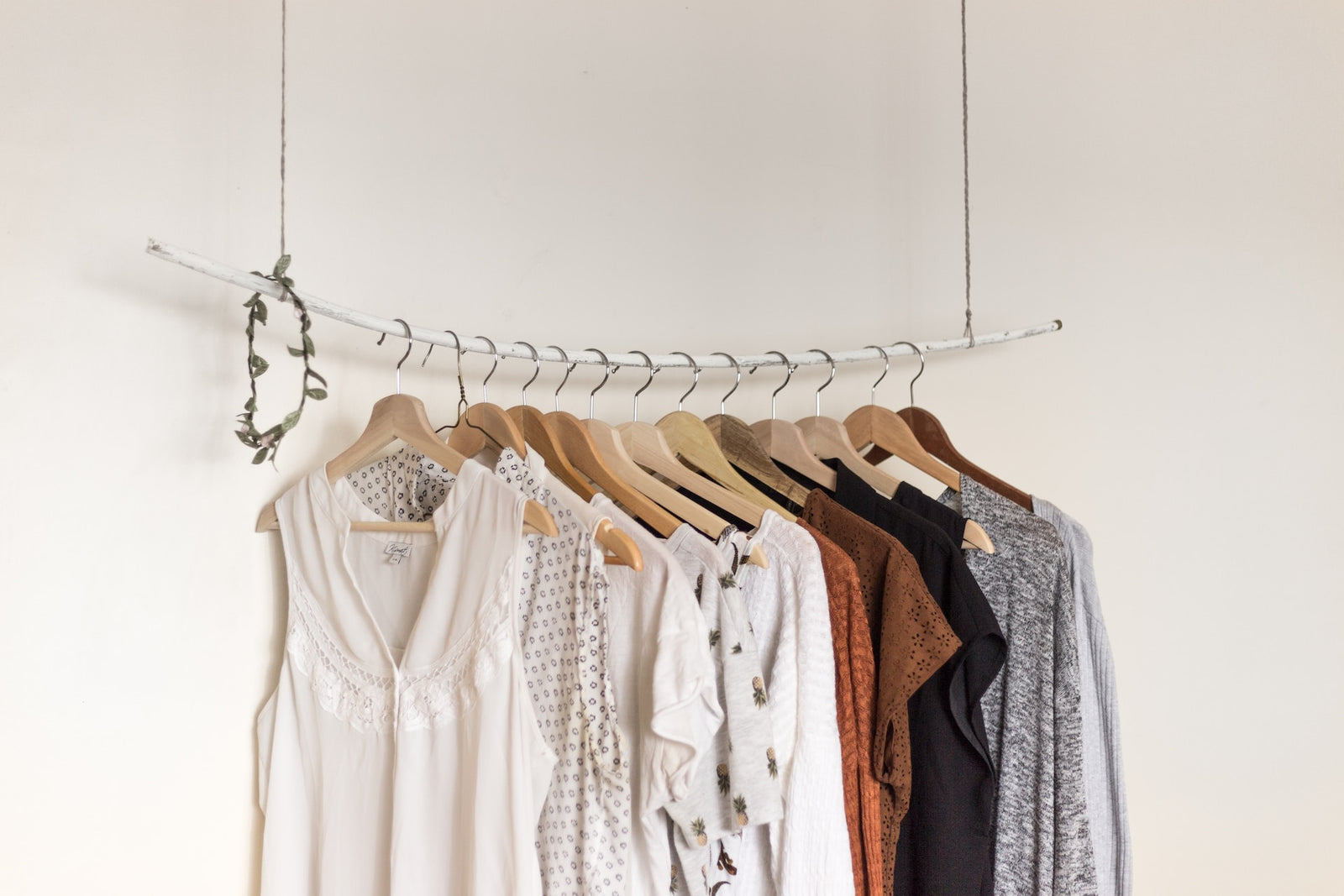In a world where fast fashion has become the norm, the price difference between these trendy, inexpensive items and their sustainable counterparts can often be striking. Individuals seeking to make the switch to eco-friendly and ethically produced clothing may question why sustainable fashion comes with a heftier price tag. To answer this important query, we will delve into the multitude of factors that contribute to the higher cost of sustainable fashion, demonstrating that this investment ultimately pays off for both consumers and the planet.
The True Cost of Fast Fashion
Fast fashion has managed to take the world by storm, offering consumers the opportunity to purchase the latest trends at shockingly low prices. The rapid turnover of styles and the ever-decreasing cost of clothing have created a culture of disposable fashion, with many garments being worn only a handful of times before they are discarded. However, these bargain prices come at a hidden cost – one that takes a toll on the environment and exploits vulnerable communities around the globe.
In order to maintain such low prices, fast fashion brands often resort to questionable practices, such as unsustainable materials, cheap and exploitative labour, and environmentally damaging production methods. Ironically, these "bargain" garments end up costing more in the long run, as their poor-quality construction and materials mean they wear out quickly, forcing consumers to purchase replacements.
On the other hand, sustainable fashion brands consider the broader implications of their actions, prioritising environmentally friendly materials, fair labour practices, and ethical production methods. These conscientious choices often come with a higher price tag but result in a more responsible and durable product – one that benefits not only the consumer but also the planet and its inhabitants. In the following sections, we will investigate the different aspects of sustainable fashion that contribute to its higher cost and why this investment is truly worth it.
Factors Contributing to the Higher Costs of Sustainable Fashion
To understand the reasons behind the higher price point of sustainable fashion, let's take a closer look at the components that make up the cost of these ethically produced garments.
1. Quality Materials and Production Methods
One of the key drivers of sustainable fashion's higher cost is the use of high-quality, eco-friendly materials, such as organic cotton, Tencel, and recycled fabrics. These materials can be more expensive to produce and source due to a lower environmental impact. Additionally, they often come with certifications, such as Global Organic Textile Standard (GOTS), which ensure that the materials and their production methods are genuinely sustainable.
Furthermore, sustainable brands invest in environmentally responsible production techniques. This may involve using less water and energy, non-toxic dyes, and biodegradable packaging, all of which can increase production costs. However, these investments align with the brand's commitment to minimising their environmental impact and are a key reason why sustainable fashion is worth the higher price.
2. Fair Labour Practices and Wages
Sustainable fashion brands place a strong emphasis on ethical labour practices, ensuring that workers are treated fairly and paid a living wage. This not only enables employees to support themselves and their families but also fosters a healthier working environment and stronger communities. Fast fashion brands often cut corners in this area to reduce costs, resulting in exploitative labour practices and poor working conditions.
Adhering to these higher labour standards comes with increased costs for sustainable brands, which are passed on to the consumer. However, the higher price tag ensures that the people making your clothes are treated with the dignity and respect they deserve while encouraging more businesses to adopt ethical labour practices.
3. Lower Volumes and Slow Fashion
Sustainable fashion brands typically manufacture their products in smaller quantities, reducing waste and ensuring better quality control. This approach, known as slow fashion, focuses on creating clothing that is timeless, durable and versatile, lasting for years rather than following fleeting trends. Mass-produced fast fashion items, on the other hand, rely on economies of scale, producing large quantities of garments to drive down the unit cost.
By choosing slow fashion and investing in sustainable pieces, consumers support a more responsible and waste-conscious production model. The higher price is a reflection of the commitment to quality and a reduced environmental footprint.
4. Transparency and Accountability
Truly sustainable fashion brands are dedicated to transparency and accountability, undergoing third-party audits and certifications to give consumers confidence in their ethical and eco-friendly claims. This level of transparency requires investment in responsible practices across the entire supply chain and manufacturing process, as well as regular monitoring and evaluation.
This commitment to transparency is an essential component of sustainable fashion's higher cost, as it demonstrates the brand's dedication to ethical and environmentally responsible practices.
The Long-Term Benefits of Choosing Sustainable Fashion
While the higher price tag of sustainable fashion can initially seem off-putting, it's essential to consider the long-term value and benefits of choosing eco-friendly and ethically produced garments.
1. Durability and Longevity
Sustainable fashion pieces are often more durable and longer-lasting than their fast-fashion counterparts, thanks to the use of superior materials and construction techniques. This means that while you may pay more upfront, a sustainable garment will likely last longer and provide better value over time, reducing the need for frequent replacements.
2. Positive Environmental and Social Impact
Investing in sustainable fashion is an investment in the future of our planet and the welfare of its inhabitants. By choosing ethically produced garments, you contribute to the reduction of waste, pollution and resource depletion, and support fair labour practices. This commitment to sustainable fashion sends a powerful message to the industry, encouraging more brands to adopt eco-friendly and responsible practices.
Conclusion
While it's true that sustainable fashion brands come with a higher price tag, the value it offers extends far beyond monetary considerations. By investing in sustainable fashion, you are supporting an industry that prioritises the health of our planet and the welfare of its people.
With a growing number of brands, such as Bastet Noir, exemplifying a commitment to sustainability and ethical production, it's becoming increasingly easier for consumers to make responsible fashion choices. Remember, the true cost of fast fashion includes its detrimental impact on the environment and communities. By choosing sustainable fashion, you are investing in a better, more just world – one garment at a time.

The concept of a capsule wardrobe has become synonymous with minimalist, versatile,...
Bastet Noir's Ultimate Guide to Building Your Custom-Made Capsule Wardrobe

Fashion holds power, not just in the way it makes us feel or how it expresses our p...

